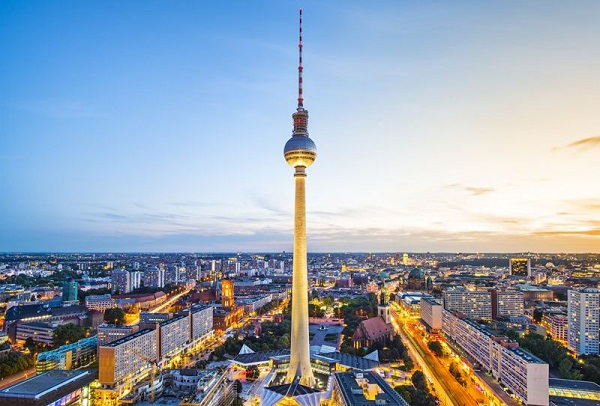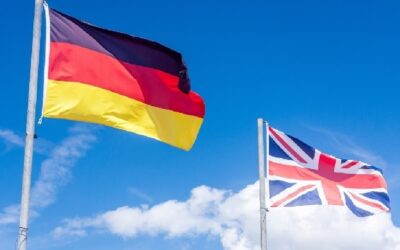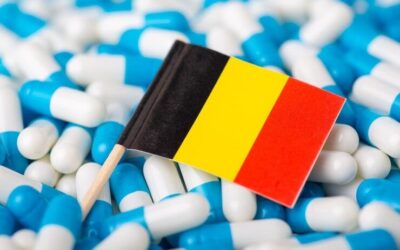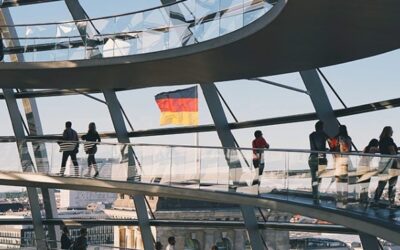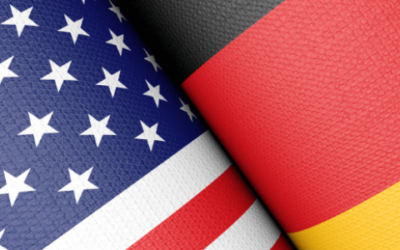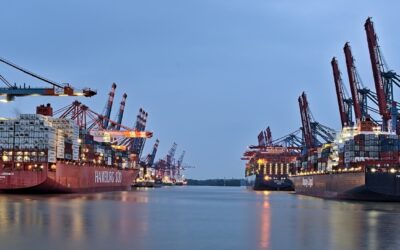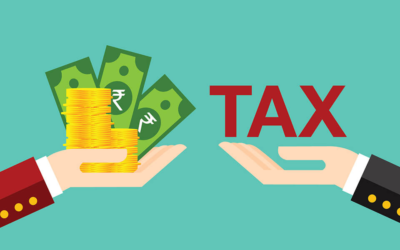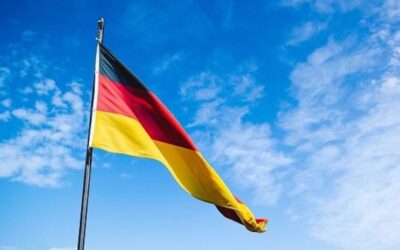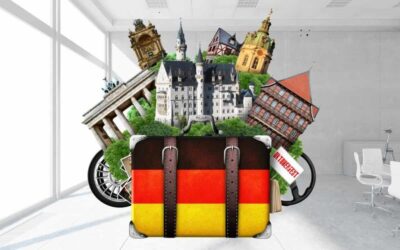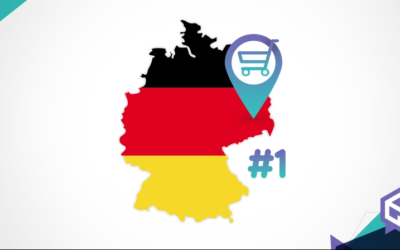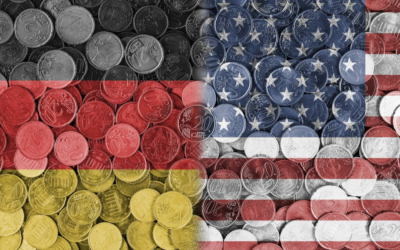Would you talk with someone in our company regarding any issues? Just drop us a line!
Capital Germany Berlin is a park city and a museum city at the same time. It is also a city of youth, artists, and extraordinary personalities. All this is about Berlin, the capital of Germany. According to legend, primary it was named after a den discovered at the site. Now, there are bears at every turn. The symbol of the seat of government is exploited by all and sundry. They are placed at the entrances to shops, restaurants, banks, and streets. So Berlin is also a city of bears. As a rule, tours to Germany are incomplete without visiting the capital.
Few people know that Germany capital Berlin is the most significant capital of Western Europe and, simultaneously, the youngest, like the Federal Republic itself. In the capital, all the major government buildings of the Federal Republic of amp Germany are located, including the famous Reichstag. Today, as before, the country’s parliament seat.
